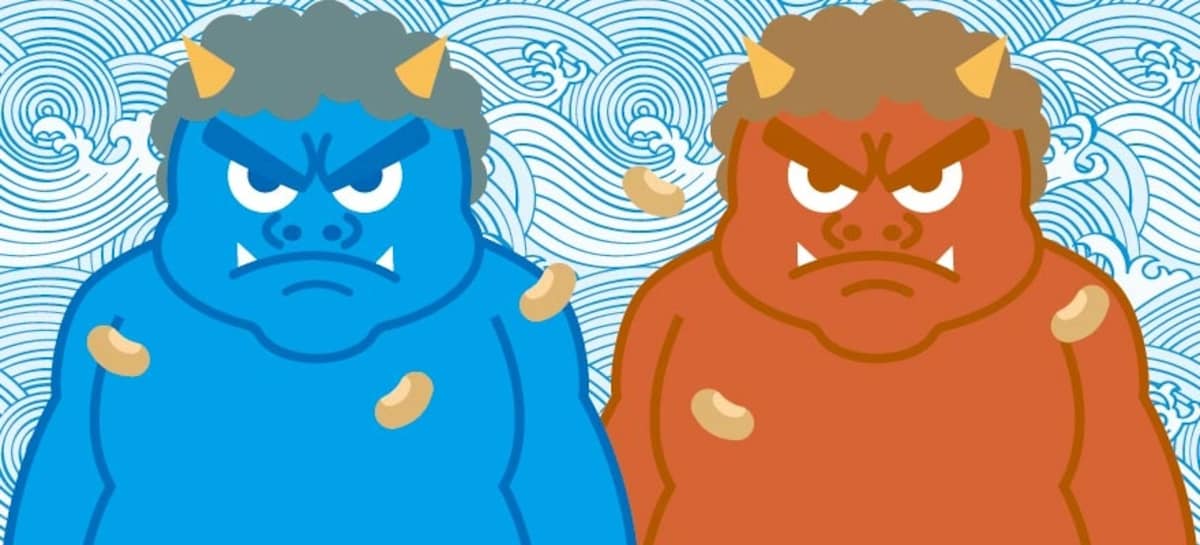Japanese Festivals: Setsubun
"Oni wa soto! Fuku wa uchi!"
("Evil spirits out! Good luck in!")
If you're strolling through a neighborhood in Japan in early February, you may hear this chant issuing from the doorways and windows of houses as you pass. Be careful—you might get hit by a handful of flying beans!
This is Setsubun, the last day of winter in the traditional Chinese calendar, which is celebrated on February 3 each year. On this day, people perform a cleansing ceremony to drive out the bad and welcome in the good by flinging beans out the windows and doors to ward off evil spirits, or oni. Though it's customary to use roasted soybeans, some people now use roasted peanuts instead.
Many people visit their local shrine or temple on this day. There, the resident priests stand on a dais and throw beans out to the crowd, often mixed with chocolate, money and other prizes. People throng in front in the hope of getting a lucky catch, and everyone scrambles to grab something.
It's also traditional to eat one bean for each year of your life. This practice is supposed to give you luck and keep you from catching a cold. To make this as tasty as possible, stores sell flavored and sugared beans for this special occasion.
As you'll probably still be hungry after eating only a small handful of dried beans, you might want to try eho-maki, or a "lucky-direction roll." Eho-maki is a long, uncut sushi roll, and the tradition of eating one on Setsubun is said to originate from the Osaka area.
This sushi roll contains seven ingredients, and can include thinly sliced cucumber, shiitake mushrooms, egg, salmon and more. Not only is the lucky number seven a key to making the roll, but it must be eaten facing a lucky direction, which changes every year according to the Chinese zodiac. Some people make eho-maki at home, but nowadays special rolls are also sold at supermarkets and convenience stores.




